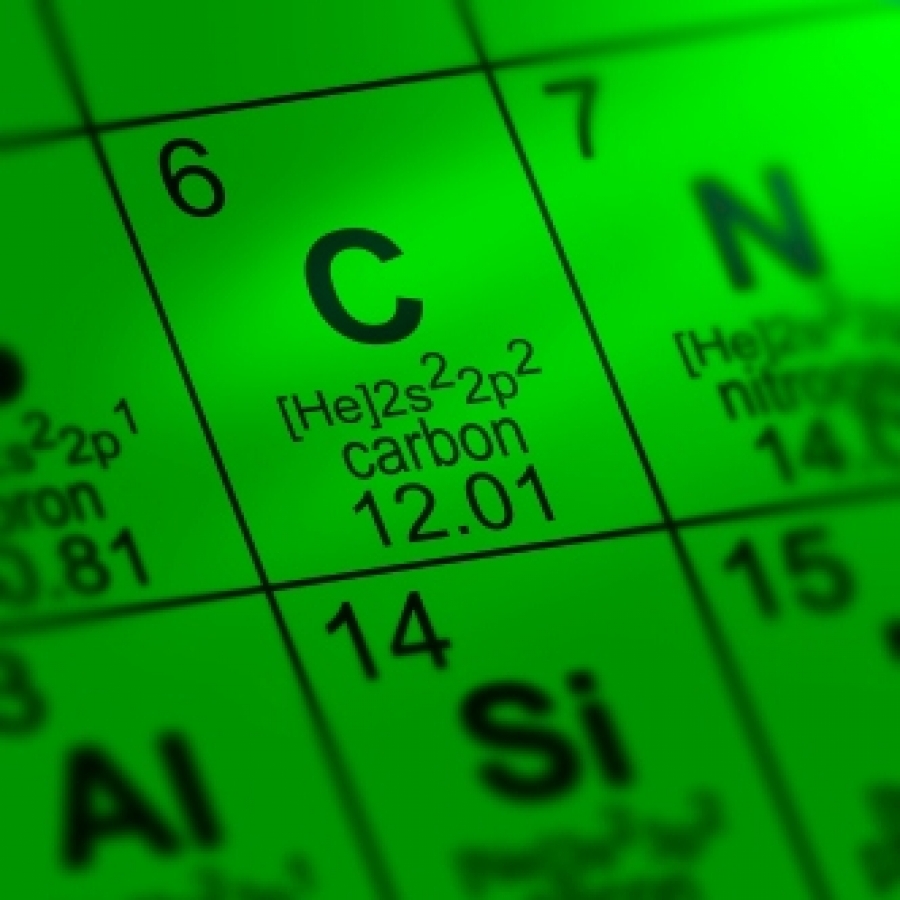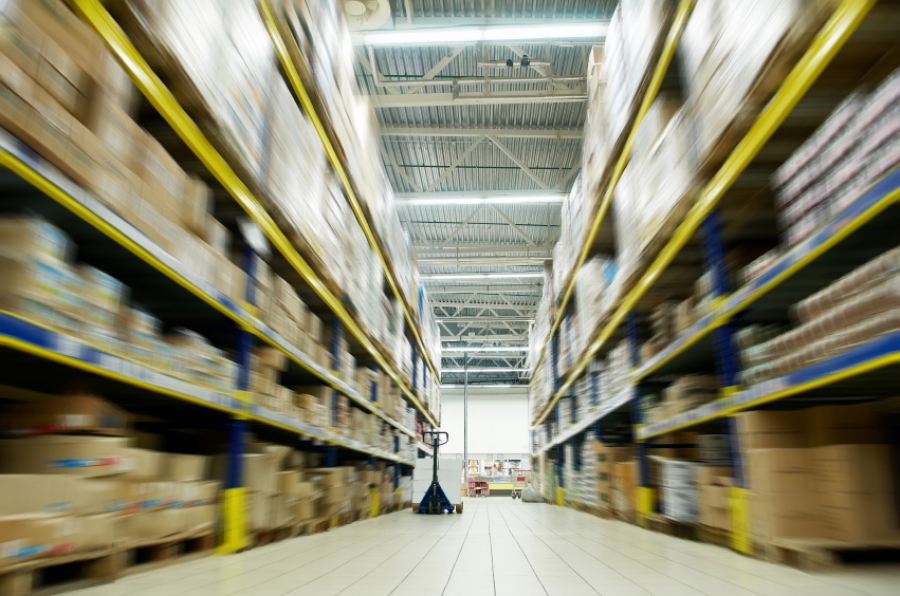Sustainable Design and Green Data Centers
Video
Data centers balance their growing power consumption with renewable energy initiatives.
Data Centers Investing in Renewable Energy
The exponential growth of digital technology in recent years has resulted in an exponential increase in energy usage within IT data centers. In response to increased power requirements, rising energy costs, and concerns related to greenhouse gas emissions, technology-driven companies that once focused primarily on privacy, speed, and capacity are now also investing heavily in the development of environmentally responsible data centers and green IT.
According to Verne Global’s website, data centers represent one of the fastest growing consumers of electrical power, accounting for as much as 1.5% of worldwide total electricity use. Data center electricity usage has doubled since 2005 and that will only continue to increase: Verne Global projects that by 2014 the ongoing cost of powering a data center will likely exceed the facility’s initial construction and equipment costs.
Due to the extensive energy requirements for acquiring, managing, storing, and disseminating data, as well as the non-stop consumption of electrical power within data centers, IT-centric companies are feeling the pressure, both financially and politically, to reduce total consumption and utilize clean energy sources. The need of and expectation for these companies to improve operational efficiency and establish “green data centers” is a rapidly emerging trend, according to a 2012 report from Pike Research. This report forecasts that the green data center annual market opportunity will exceed $45 billion worldwide by 2016.
Apple, Microsoft, and Google Minimize Environmental Impact
In last three years, industry giants such as Apple and Google have started implementing long-term plans to fuel all operations facilities and data centers with renewable energy from solar, wind, hydro-, and other clean sources. In addition, these companies are increasingly taking a more holistic approach to green design, retrofitting or building new data facilities with environmentally minded lighting, electrical, mechanical, and computer systems.
As is the trend with most residential and commercial projects, technology-centric corporations are striving to achieve LEED certification when constructing new data centers. Areas of emphasis include reduced footprint, energy-efficient lighting, mechanical and electrical systems, low-VOC building materials (such as paints, carpets, tiling, and furniture), and systems for recycling or reducing waste.
For example, Apple’s newest data center in Maiden, North Carolina, is LEED Platinum-certified and, according to Apple's website, features the nation’s largest end-user-owned solar array and largest non-utility fuel cell installation. Apple plans to use a combination of renewable sources in order to utilize 100% clean energy for its Maiden facility by the end of 2012. The company expects to generate 124 million kWh of clean energy on site from the solar arrays and biogas-powered fuel cell installation, which will cover 60% of its needs. It will purchase the remaining 40% from local and regional clean energy sources.
Microsoft is also working toward sourcing all of its energy from renewable sources. The company recently announced plans to make significant upgrades to all of its facilities beginning this summer, with the goal of becoming carbon-neutral by 2013. Microsoft plans to collect and report data more efficiently and has committed to purchasing renewable energy and carbon offsets for usage not offset by its efficiency measures.
In addition to purchasing clean energy and developing on-site renewable sources, tech companies are also implementing other strategies for reducing energy consumption within data centers. Efficiency measures include redesigning applications and updating server configurations, reducing the amount of energy needed to cool servers, and reducing the amount of energy lost through distribution of power within the facility. For example, according to its website, Google is now focused on power usage effectiveness (PUE), temperature and airflow management, efficient hardware, optimized server power distribution, and water cooling (the use of water to reduce heat generated by equipment). As a result of such efforts, Google’s data centers currently use half the energy of typical data centers.

Lisa Taylor Minor
Lisa Taylor is a freelance writer and marketing consultant. She has more than 16 years of experience as a communications professional and has worked with a variety of companies in the home products and building materials industry. Originally from Memphis, TN, Lisa earned a BA in Journalism from the University of Memphis in 1995 and a MA in Journalism from the University of Memphis in 1997. She spent the first 11 years of her career working in account service for Memphis advertising agencies Thompson & Company, Oden Marketing & Design, and Carpenter/Sullivan. Lisa then spent five years in Nashville, TN, with The Buntin Group, an Adweek Top 100 U.S. advertising agency, and Louisiana-Pacific Corporation, a leading manufacturer of building materials. Lisa currently lives in Denver, CO, and is Principal/Owner of Wazee Marketing.
Website: www.wazeemarketing.com



